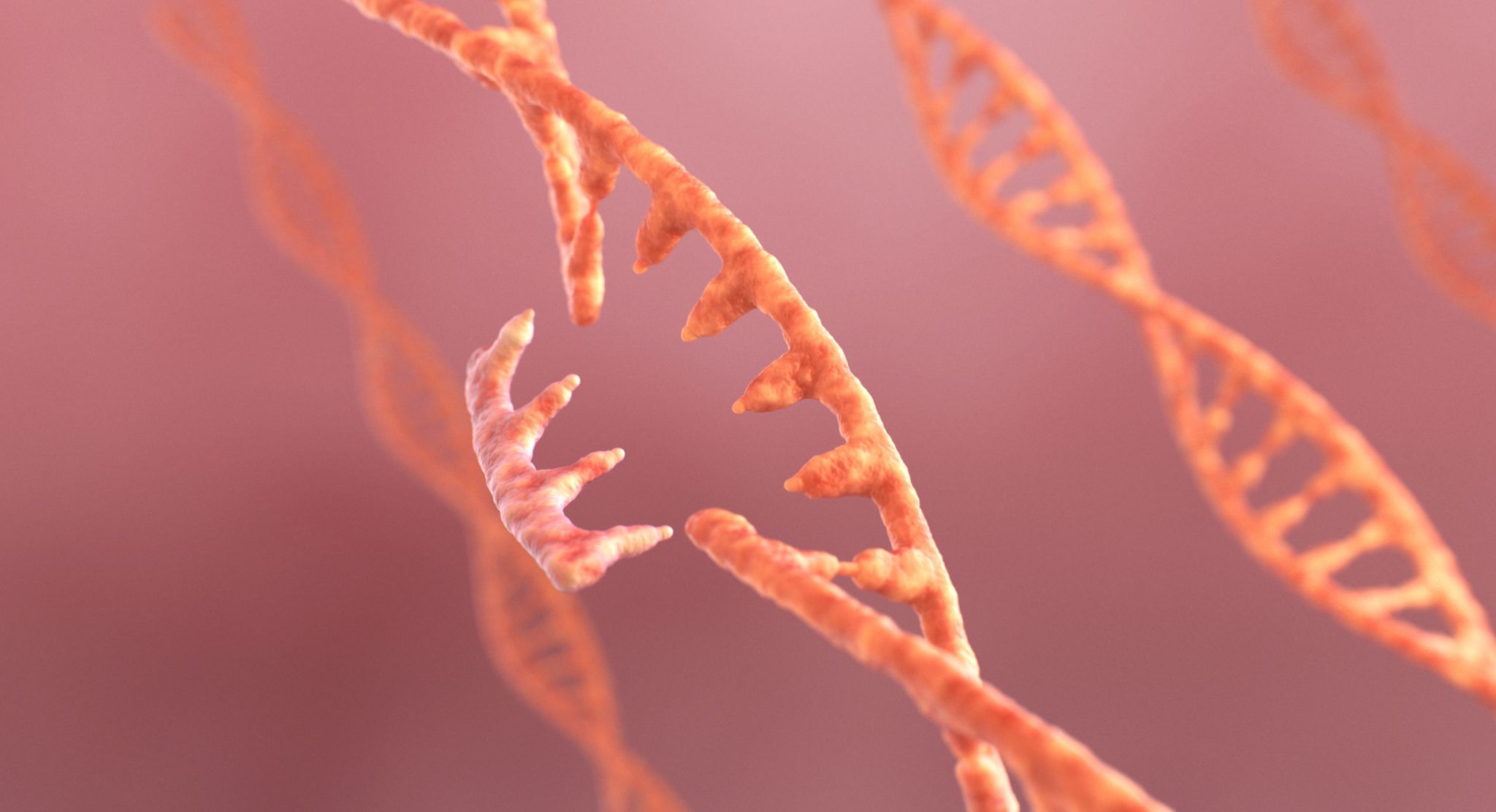20/03/2023
Print PageOvercoming professional boundaries - DZG fund joint project on gene and cell therapy

Although molecular genetic processes are increasingly well understood, altering individual cells or tissues in the body remains difficult. "Research on this is fragmented across disciplines," says project coordinator Prof. Tobias Feuchtinger of the German Center for Infection Research (DZIF). "Some focus on remodeling processes after a heart attack, while oncologists look at the processes around tumors. With the cross-DZG project, we want to overcome these professional boundaries." He said that all centers face the challenge of bringing molecular healing mechanisms in vivo to the tissue and site of the disease. And if, for example, a research team develops a strategy to introduce nanoparticles specifically into liver cells, the principle could be transferred to other tissues as well, the oncologist said.
Improving targeting accuracy
Today, there is little distinction between gene therapy and cell therapy because current cell therapies almost always involve genetic alterations. However, both approaches still need to be more specific. For example, the viruses used as vehicles in gene therapy modify the target tissues and many other cells. This leads to a loss of efficacy and higher costs and may also be associated with the risk of undesirable side effects. By now, viral vectors are safer, but the residual risk remains because the introduced genes are not subject to natural gene regulation. It controls whether a gene is active or not. Likewise, it must be ensured that the introduced genes are not lost in subsequent cell divisions.
In cell therapy, cells are removed from the body, modified in the laboratory, and then re-infused or transplanted into the patient. Here, too, researchers face the complicated task of getting the therapeutic cells to the right place in the body. They must also ensure that the cells survive the time outside the body as well as the transfer and function in situ. The immune system will reject cells if they are not from the recipient. Immunosuppressive drugs counteract this, but they also bring disadvantages. All in all, it would be safer to make the targeted change directly in the body. Suitable tools that work very well in the laboratory already exist. For example, the gene scissors CRISPR/Cas9 that can not only cut out genes, but also replace them in a targeted manner.
"Hit and run" process requires new vectors
"Especially the new possibilities of genome editing with the gene scissors CRISPR/Cas make it urgently necessary to develop novel gene transfer vectors," says DZIF project coordinator Prof. Boris Fehse from the University Medical Center Hamburg-Eppendorf. In "classical" gene therapy, a therapeutic gene is introduced into the target cells to replace a missing or defective gene. It should be active there for as long as possible to maintain the therapeutic effect. The CRISPR/Cas gene scissors are different: they only need to be active in the cell for a short time to correct a defective gene or switch off a disease-causing one. "CRISPR/Cas corrects the defect in a hit-and-run process, then the gene is functional again," Fehse said. "Longer-term expression of the gene scissors would be counterproductive because the risk of incorrect cuts would increase significantly. It also makes it more likely that the immune system will be activated, since CRISPR/Cas originates from bacteria. So, we need new hit-and-run vectors."
Project teams:
- German Center for Infection Research (DZIF): Prof. Tobias Feuchtinger (Ludwig-Maximilians-Universität Munich), Prof. Boris Fehse (University Medical Center Hamburg-Eppendorf).
- German Center for Lung Research (DZL): Prof. Nico Lachmann (Hannover Medical School), Prof. Soni Savai Pullamsetti (Justus Liebig University Giessen)
- German Center for Cardiovascular Research (DZHK): Prof. Alessandra Moretti (Technical University of Munich), Prof. Johannes Backs (Heidelberg University Hospital), Prof. Oliver J. Müller (Schleswig-Holstein University Hospital)
- German Center for Diabetes Research (DZD): Prof. Heiko Lickert, Dr. Gerhard Przemeck (both Helmholtz Zentrum München)
- German Cancer Consortium (DKTK): Prof. Annette Künkele (Charité - Universitätsmedizin Berlin), Prof. Angela Krackhardt (Technical University of Munich)
Scientific contact:
Professor Tobias Feuchtinger, Ludwig-Maximilians-Universität München, tobias.feuchtinger@med.uni-muenchen.de
Professor Boris Fehse, University Medical Center Hamburg-Eppendorf, fehse@uke.de
Here you can find the original DZG news.